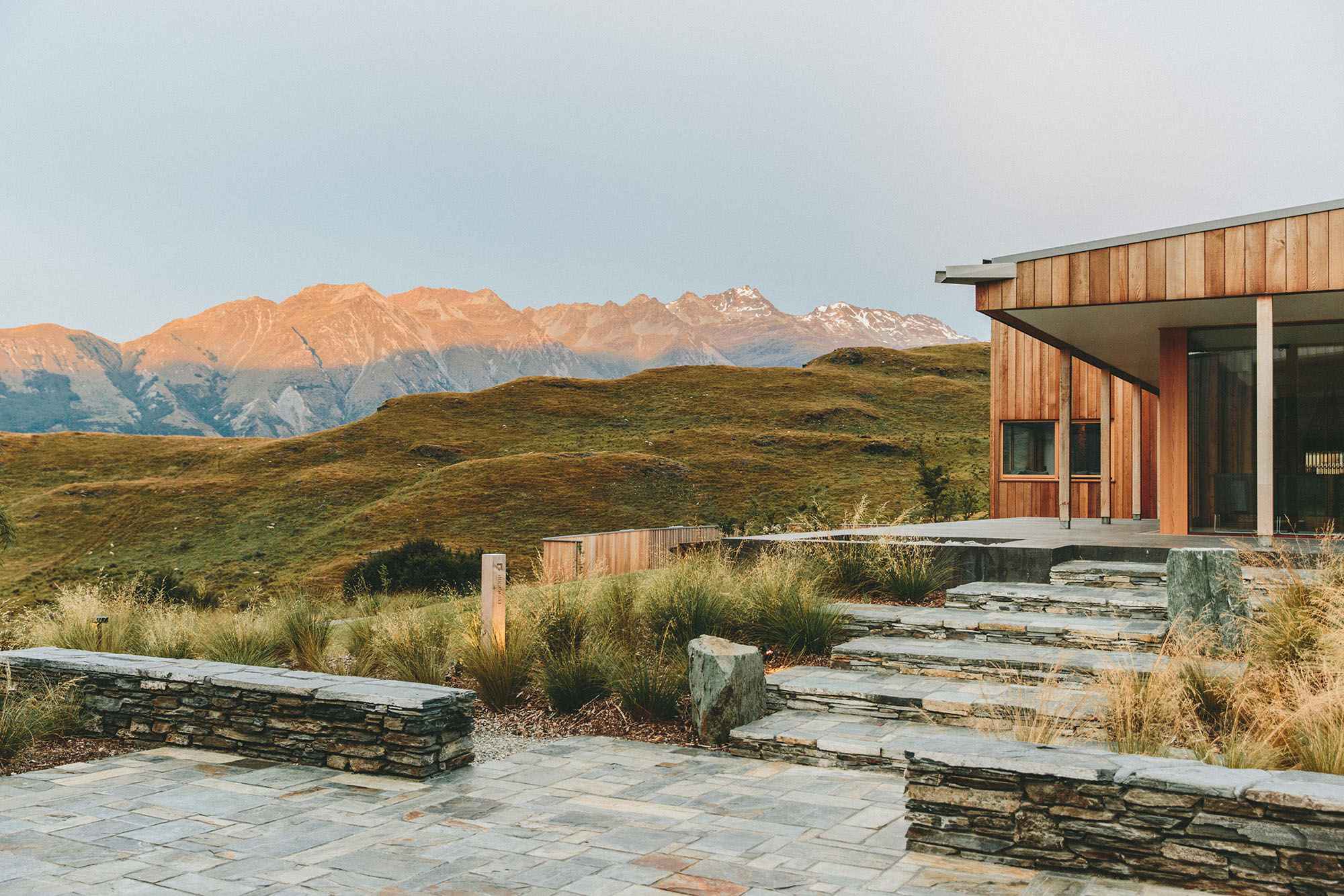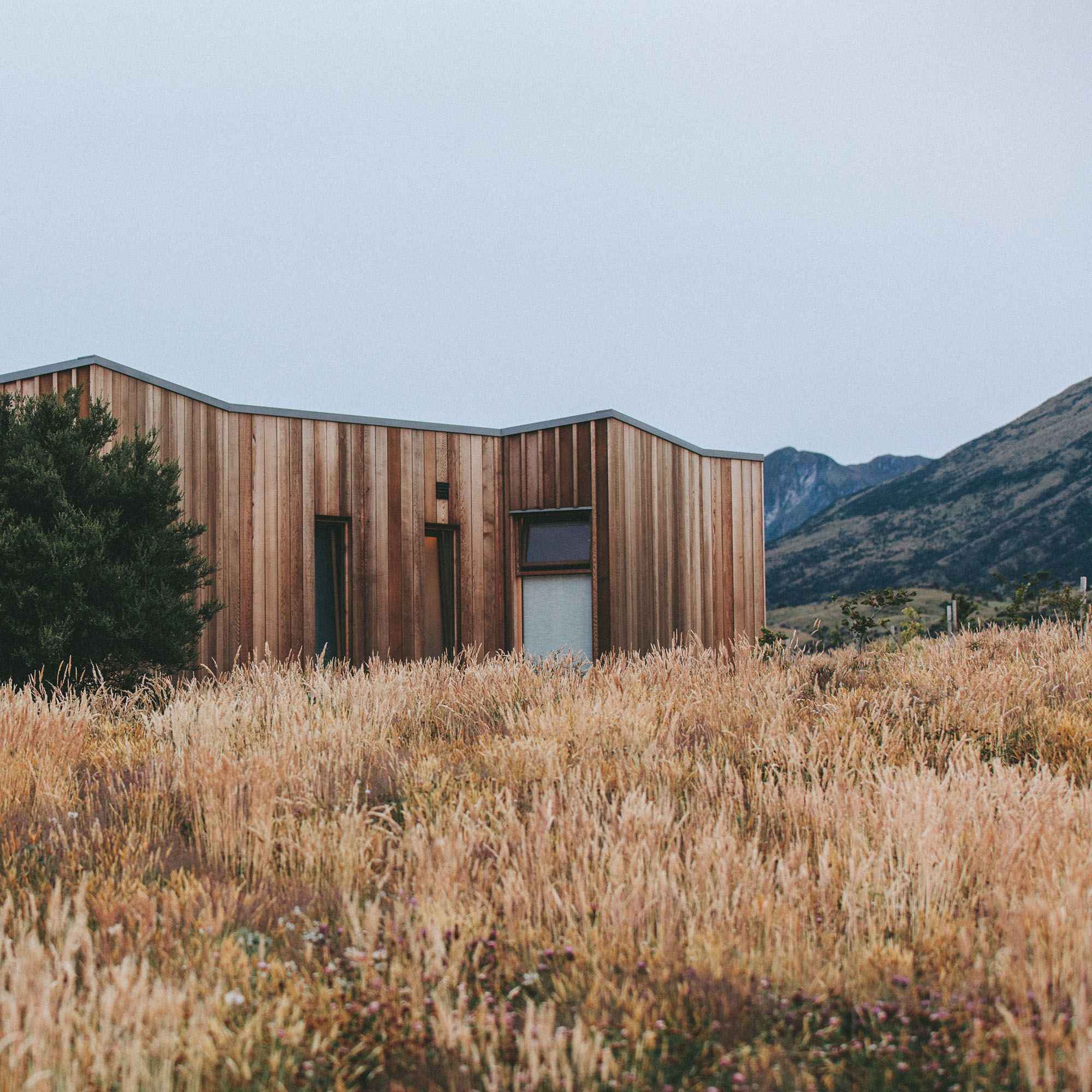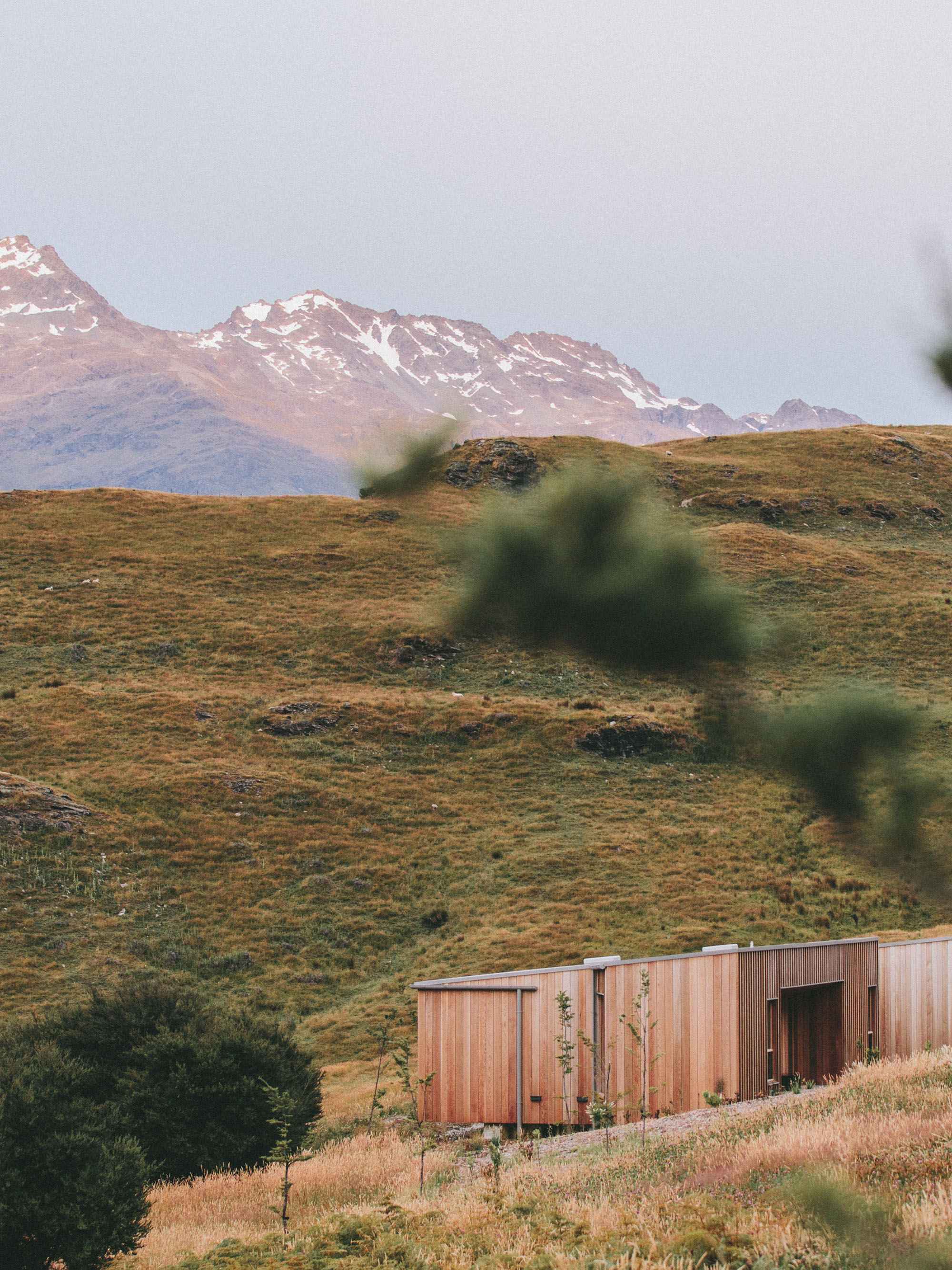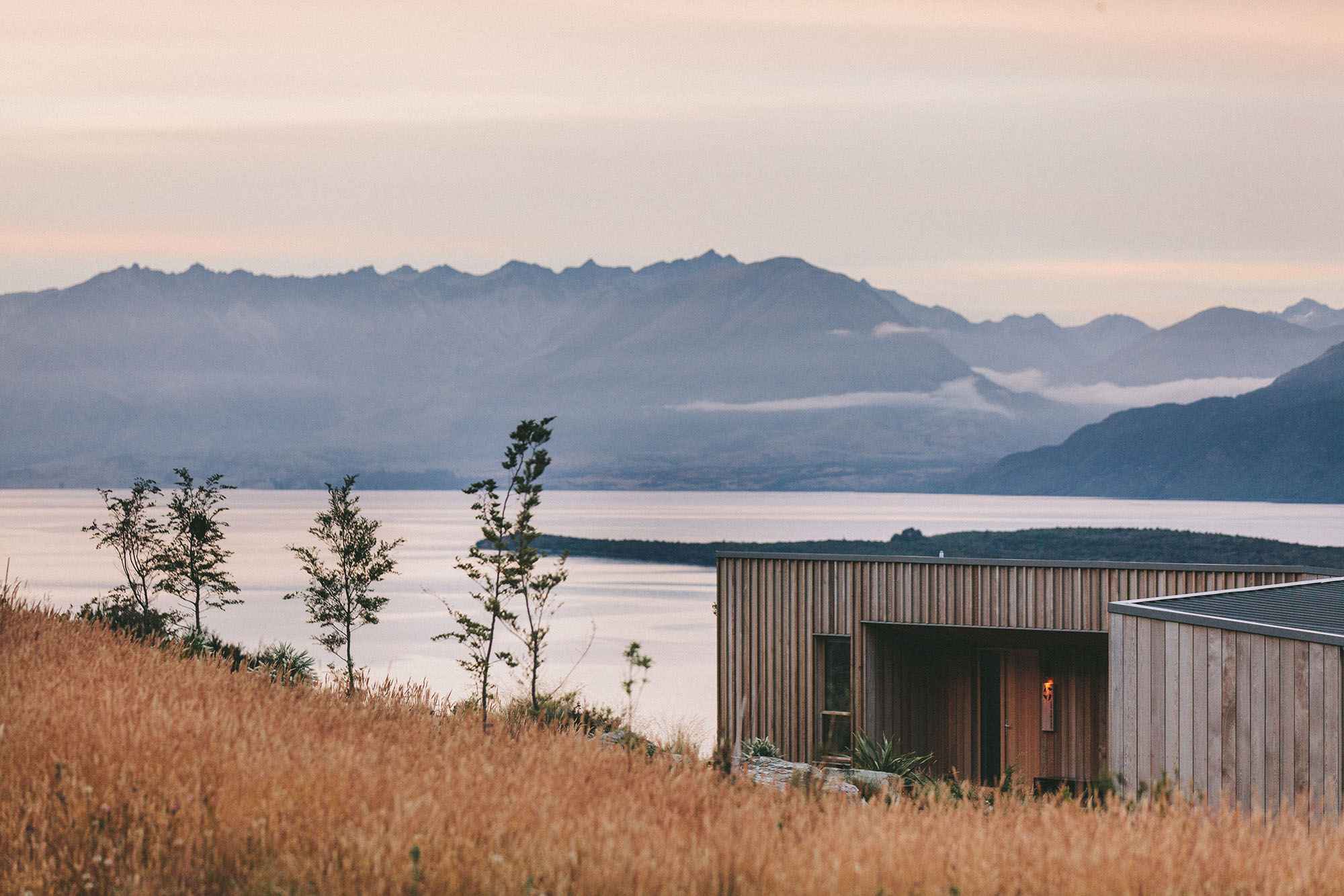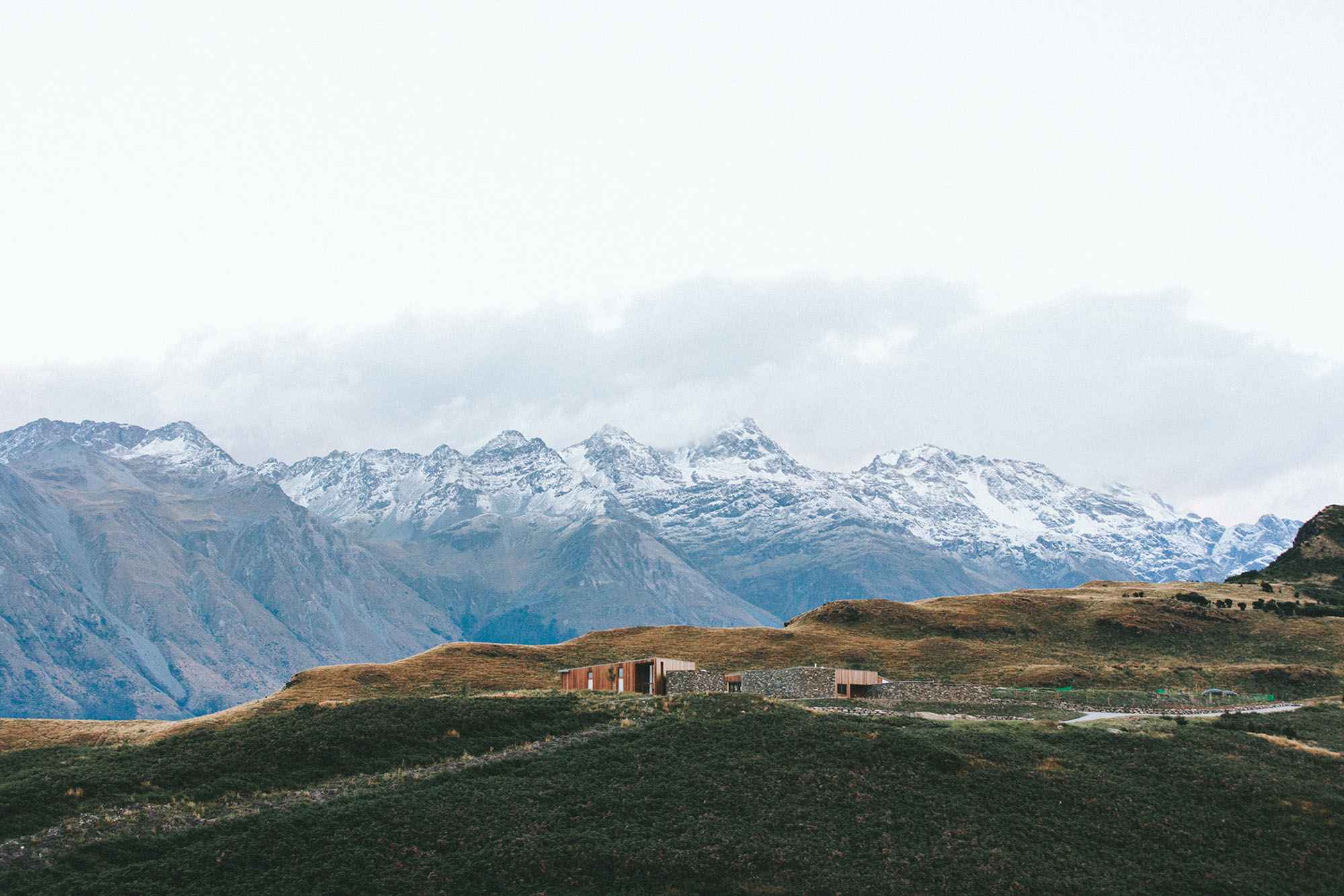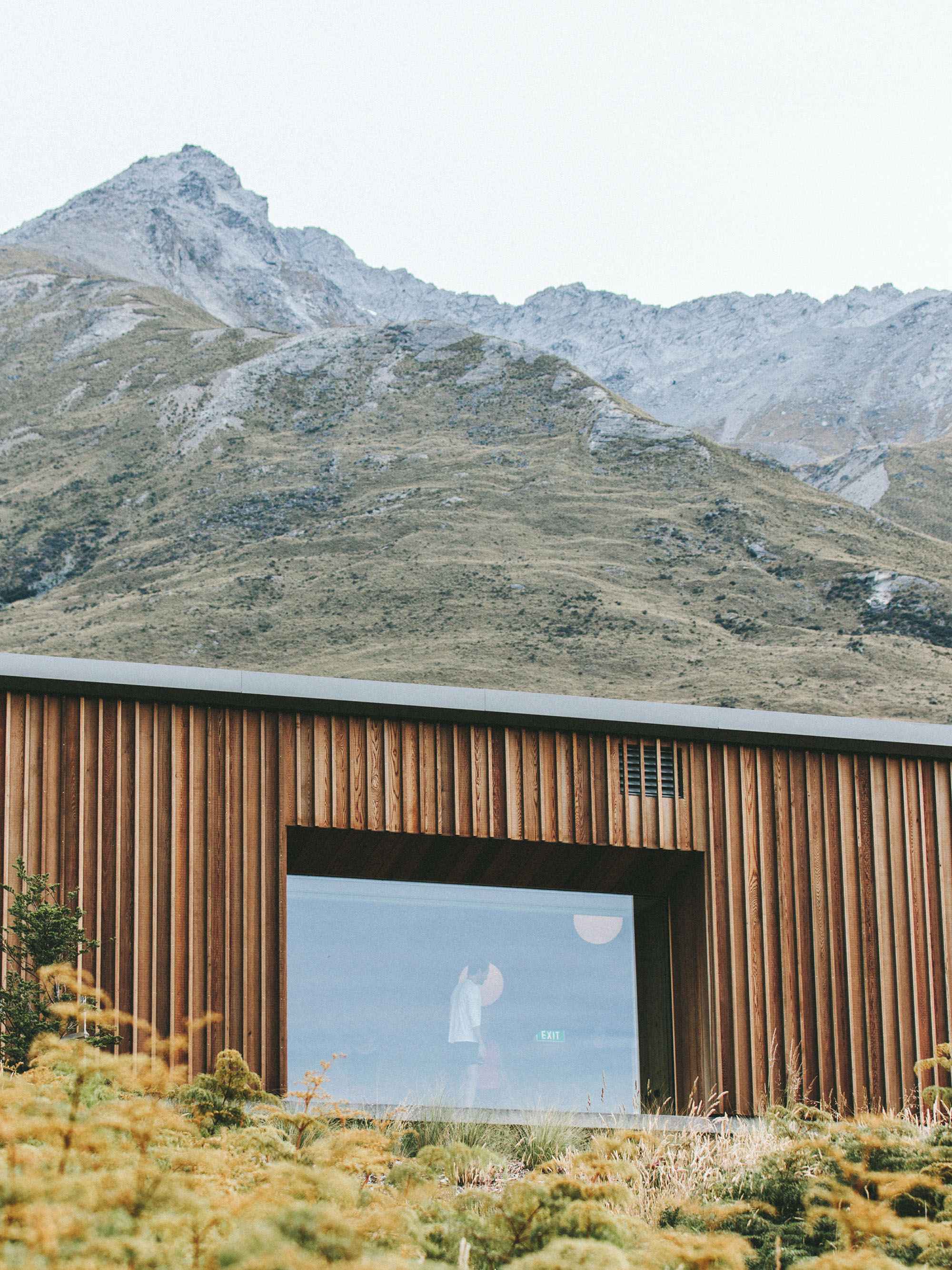(Above: Howard University, Washington, DC. Photo by Nikolaus Fogle)
IIDA Campus Centers serve our students in and outside of the classroom, with programming that enhances their education, and introduces them to their local interior design community. Howard University Campus Center is IIDA’s first Historical Black College or University Campus Center, and an important way to promote a more diverse field.
IIDA Board Member Mike Johnson II, IIDA, and Howard University Chadwick A Boseman College of Fine Arts Adjunct Professor Tanya Shanklin, ASID, tell us about their work forming this campus center, and why it’s so important for the industry to support minority students pursuing careers in design. Students join the conversation to share their experience and express their wants for the future of design.
Tell us a little bit about the history of the Howard University Campus Center—what prompted you to start the work, and what is your goal and mission with the campus center?
Mike Johnson: I’ve always given back to my alma mater, Howard University, through raising scholarship funds, desk crits, and providing professional opportunities. When I joined IIDA, it was a personal goal of mine to make sure there was a presence on Howard’s campus to show how much the design community cares about and supports these students. The mission is to help build a pipeline of diverse talent for the interior design industry. By attracting and supporting black students, the industry can benefit from a broader range of perspectives, experiences, and ideas.
Mike Johnson II, IIDA | IIDA Board Member and Co-Founder of the IIDA Howard University Campus Center
Tanya Shanklin: The Howard University Campus Center was started in the beginning of the global pandemic during the 2020 Fall Semester. During the year when all faculty was teaching online classes I accepted an invitation from Mike, and we had a conversation via ZOOM that led to establishing the IIDA Campus Center for Howard University Interior Design Department. Mike was able to connect me with an IIDA representative for student membership, and we were able to establish four members during the pandemic. The mission behind the IIDA Campus Chapter at Howard University is for interior design students to network with design professionals through IIDA and to focus on building connections with more African-American interior designers that have worked in this industry.
Interior Design Students at Howard University Year:: 2021
Why is IIDA's presence at Howard and other HBCUs important not only as an educator but as a professional and to the industry at large?
TS: IIDA’s presence at Howard University helps with establishing our interior design program. There is not a lot of recognition for interior design programs at HBCUs because of the issue of diversity in the profession. You often see Ivy League Universities that have strong programs where students immediately are able to intern at corporate architecture or engineering firms and be certified in their program. We are often overlooked because of our cultural characteristics. It is unique for Howard University to have an Interior Design program which has been in existence for 10 years. IIDA as a professional interior design organization is a good network for Howard University students to gain opportunities in this profession, network with other students from interior design schools, and promote diversity in this profession.
Tanya Shanklin, ASID | Howard University Chadwick A Boseman College of Fine Arts Adjunct Professor and Co-Founder of the IIDA Howard University Campus Center
MJ: IIDA’s presence at Howard University and other HBCUs is important because it shows a commitment from the design community to increase diversity and promote inclusion. Not only will this relationship support and provide opportunities to black students that they might not normally have, but it will give students access to resources and support to help them succeed in their studies and future career. IIDA Scholarships such as the John J. Nelson Sr. Legacy Scholarship and Fund provides a generous monetary scholarship to help benefit black students. Locally, the Mid-Atlantic Chapter offers portfolio reviews, free professional headshots, and tailored networking events for them to meet other students, but most importantly our design professionals.
As a black professional, why is it important to support black students in their educational journey?
MJ: As a black professional, I have a personal responsibility to give back to our community, to help uplift the next generation, to show them that there is room and show them what success looks like. It’s important to support their educational journey so that we empower a more diverse leadership in the future. Black students are the future of design, and we can help develop the knowledge, skills, and confidence they need to succeed and become agents of change within interior design and our communities.
TS: It is very important for myself as an interior design professional to support students because I was in their shoes ten years ago when I attended Howard University back in 1989 and graduated in 1992. I graduated with a Bachelor of Science Degree in Interior Design with a minor in Architecture from the former School of Human Ecology. I had two good Professors at Howard University that supported us as students, and both belonged to design industry organizations. Students need mentors and those who have continued to practice in the profession. African American interior design students need a network where they can be creative and are able to thrive in this profession.
Tanya Shanklin with interior designr students. Image courtesy of Shanklin
What is most exciting about working with your chapter, and how does the professional community support your members?
TS: The best part about the Howard IIDA Campus Center is having the presence of a professional interior design organization on campus that African American students can be members of. We are able to get interior design students involved where there is a need for connection and affiliation is important and needed—we also have the recognition that an IIDA Campus Center is on Howard University’s campus.
What does the future of design look like to you?
TS: My hope for the future of the interior design profession is more digital focused in presentations and more globally focused. Students being able to take a class on our campus while being in another country is a possibility. I see students taking classes on campus and online in another state or overseas. Being aware of how you can fit in a group or organization can make an impact in improving the diversity of this profession—crossing borders and being more multicultural. We are at a turning point where more presentations are not just tactile but digital. This is something that I have been in awe of as a current interior design practitioner and educator.
Ryane Smith, Interior Design Student: Howard University
Ryane Smith, Student IIDA and member of the Howard University Campus Center joins the conversation to share her experience and express her hopes for the future of design.
Why was it important to you to attend Howard University, and what makes the interior design community on campus special?
Ryane Smith: It was important for me to attend Howard University because I wanted to study at a prestigious institute and also be able to study and learn from others that understand the struggle that comes with being a person of color in the interior design industry. The Interior Design program at Howard University is small and there are not a lot of students in the program so this allows us to create a sense of community and encouragement while still pushing and wanting the best for each other.
Ryane Smith, Student IIDA | Member of the Howard University Campus Center
How has attending an HBCU influenced your future career?
RS: Attending Howard University has given me access to design professionals, opportunities and mentors. It has also strengthened my passion for design equity, giving me the opportunity to minor in Swahili, and take classes that are only offered at Howard University all while learning about the impact of Black designers in various design fields.
What does the future of design look like to you?
RS: The future of design to me will be more inclusive and aware. Not just when it comes to race but overall equity. That means embracing design equity, universal design and being more sustainable.
What have you learned from being a part of IIDA Campus Center that you don’t learn in the classroom?
RS: The reach and access that comes with being an IIDA member. There are IIDA chapters all around the world. Being part of an organization like that allows me to increase my network and potential opportunities to meet designers from all over.
For more information about forming your own IIDA Campus Center, contact Melissa Cook at mcook@iida.org
https://iida.org/articles/campus-center-spotlight-howard-university


























![0911111701[1]RCDC Business Center 1.jpg](https://images.squarespace-cdn.com/content/v1/535ac94de4b06f00084bb001/1399378536958-U7EX0DXLD86YQ83L8HYX/0911111701%5B1%5DRCDC+Business+Center+1.jpg)
![0911111702[1] RCDC Business Center 2.jpg](https://images.squarespace-cdn.com/content/v1/535ac94de4b06f00084bb001/1399378536657-UNNYI8LQPBN3OYKRNNUW/0911111702%5B1%5D+RCDC+Business+Center+2.jpg)
![0911111703[1] RCDC Business Center 3.jpg](https://images.squarespace-cdn.com/content/v1/535ac94de4b06f00084bb001/1399378538204-LETD5NI0XTOY0GJZR03R/0911111703%5B1%5D+RCDC+Business+Center+3.jpg)




























































